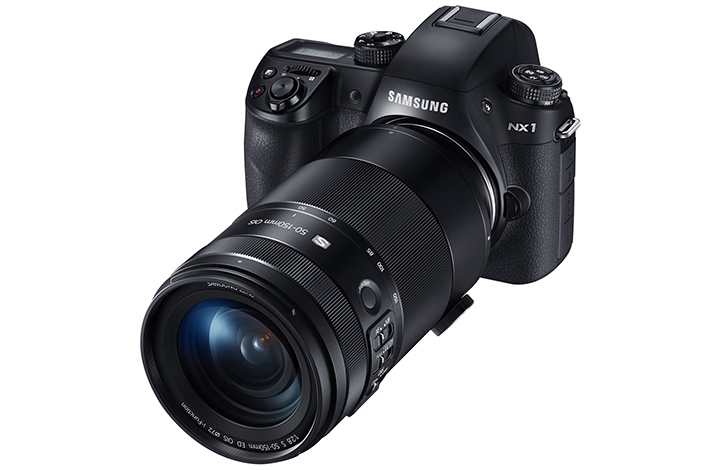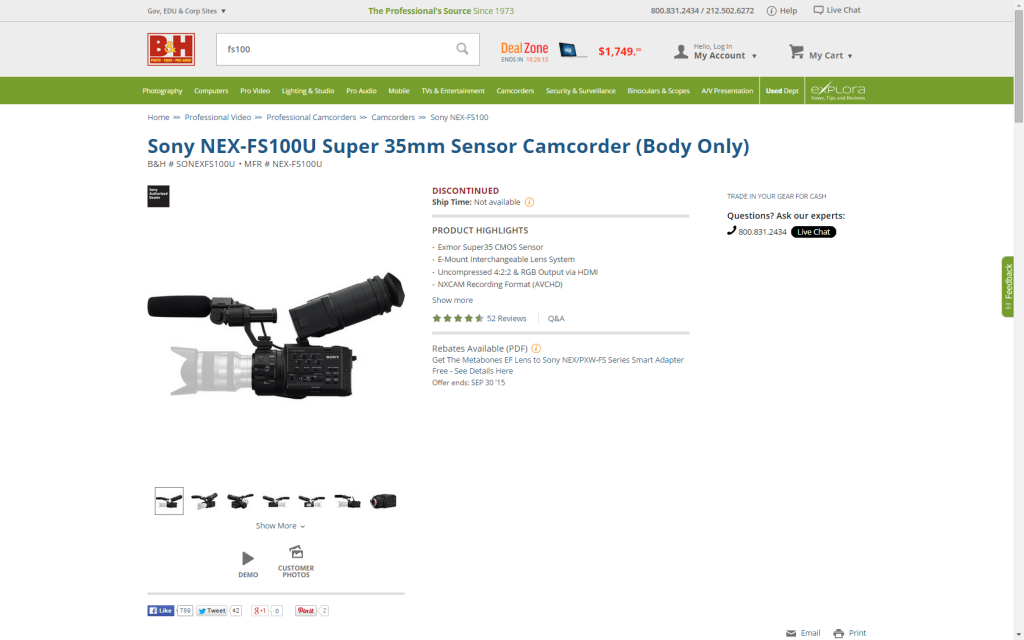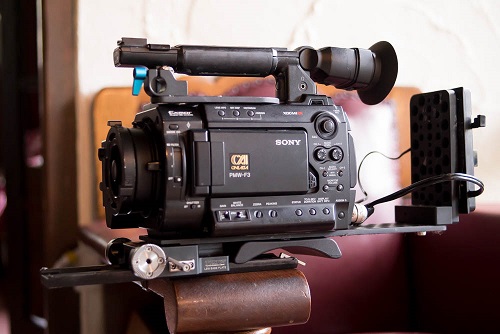The Sony PMW-F3 is an awesome camera, but with an external recorder it turns into a whole new beast! Leaping from its 35Mb/s 8bit 420 internal to uncompressed 12bit 444 RGB with an external recorder!

Tap into ProRes HQ out of the Sony PMW-F3!
Now the internal recordings are still rather nice, and many great things have been shot with just the internal recording such as the feature film “Safety Not Guaranteed” (which was also shot pre s-log update as well!! So basically was shot in the worst configuration of the F3, which in a way shows just how good the camera is). But I know I absolutely do want to get a recorder soon to unleash the power within the F3, and having a new monitor (as most recorders these days are combo monitors/recorders) would be a nice upgrade from my existing Feelworld FW759 monitor. Because its EVF is basically pointless, and its side monitor is positioned too awkwardly for use when on the shoulder.
While 12bit 444 would be nice, recorders which can do that are much rarer and very pricey (with the exception of the newly announced Video Devices PIX-E5, which is bringing this to a new low price), so I might want to limit myself to only checking out 10bit 422 recorders. Because for the vast majority of work having ProRes HQ files recorded is more than sufficient (and for the rare few times 12bit 444 is needed, I can always rent), as I’ve already been using rented/borrowed Atomos Shogun and Atomos Ninja 2 recorders on shoots with my Sony PMW-F3.
And the good news is with the move to 4K, there are now extremely affordable pricing on HD recorders. Last NAB Blackmagic Design announced their new Video Assist for a low low price of only US$495 (and it just finally started shipping in the last few days), and then Atomos responded at IBC by massively dropping the price of their Ninja 2 to US$295 and their Samurai Blade to US$495 match the Video Assist price (which means in total for the Samurai Blade and everything else I’d need with it such as recording media / accessories / batteries / S&H / taxes, I could get one to my door in NZ for somewhere just under NZ$1,500. Very cheap indeed!! Got to love the constant marching forward of technology)
The three main options to look at:
1) BMD Video Assist
Pro: cheap cheap! Has HDMI & SDI, and FHD screen
Con: is micro SDI, and is lacking in shipping firmware
2) Atomos Samurai Blade
Pro: cheap cheap!! Has mature firmware with peaking / waveforms / vectorscopes
Con: no HDMI (so you’ll need an HDMI/SDI converter, only sixty bucks or so from B&H) and no FHD 60fps (limited to 720p when doing slow motion)
3) Video Devices PIX-E5
Pro: the best, everything that you could want! (444 / 12bit / 60fps FHD / waveforms / vectorscopes / HDMI / SDI / 4K for futureproofing / etc). Has great add on audio options, with the top notch reputation of Sound Devices behind them.
Con: price…. is really cheap for what it does, but is more pricey than the other two options :-/ Also its recording media might be seen as a con by some (maybe… I think it is nifty what they’re doing, and is arguably a good choice for media. As it is small and cheap)
Haven’t listed the whole SD vs SSD thing as either Pro or Con for either of the Video Assist or Samurai Blade, as your viewpoint on SD/SSD as Pro/Con can be quite subjective.
I absolutely wouldn’t add Video Devices PIX 240i, Convergent Design Odyssey 7Q/7Q+, or Atomos Shogun to this list, they’re much more pricey (and I do not at all like the bulk of the Shogun when I’ve used it). Atomos Ninja 2 is also out because its monitor is far too low resolution (and it doesn’t have SDI or waveforms like the Samurai Blade has), ditto Atomos Samurai Blade is out because of its missing SDI. Blackmagic Design HyperDeck Shuttle 2 was out because it doesn’t have a monitor at all! (and yet its price is even a little more than the Atomos Ninja 2 is)
Basically my logic process then went, if:
a) you have a bit more cash, get the PIX-E5
Because aside from its price (which is pricey relative to a Samurai Blade or Video Assist, however PIX-E5 is cheap compared to any of its direct competitors!) it is practically almost flawless! Especially as I feel 5 inches is the “sweet spot” for an operator’s monitor while shooting, but if you disagree there is always the PIX-E7 instead with its 7 inch screen.
b) don’t mind focus peaking / waveforms / vector scopes / etc are missing, get the BMD VA!
Some people don’t mind living without these and don’t see what is the big deal, others would shudder at the thought of being without them….
c) otherwise…. am left with the last choice of the three 😛 Get a Samurai Blade
Or at least, that is how my thought process went.
Thus personally I went for the Atomos Samurai Blade, which I’ll use with my PMW-F3. It arrives next week! (it just arrived today at my reshipper service in the USA)
Forgot to order the HDMI/SDI converter at the same time from B&H, but oh well…. not a big issue. As I don’t really *need* one urgently I won’t rush to order one now, I’ll just order it in a month or five when I do my next B&H order (cheaper shipping for me as a NZer if I order a few things at once).
I’ll likely get one of these two:
http://www.bhphotovideo.com/c/product/1123529-REG/kanexpro_ext_hdsdix_hdmi_to_3g_hd_sd_sdi_converter.html
http://www.bhphotovideo.com/c/product/1100266-REG/lanparte_sdi_hdmi_c_sdi_to_hdmi_converter.html




